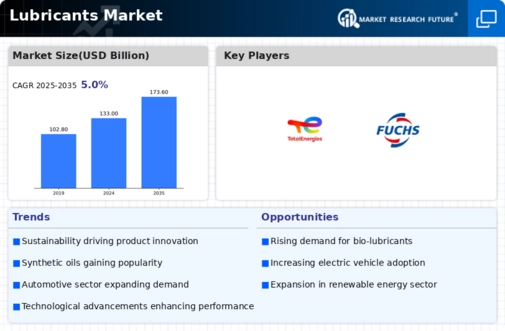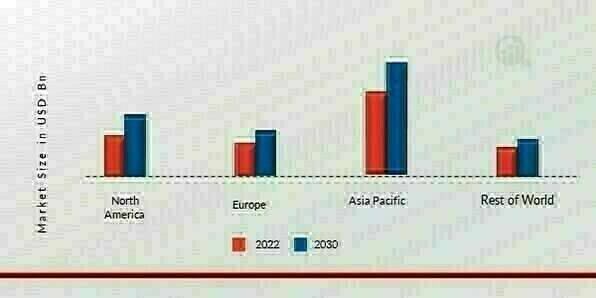Market Analysis
In-depth Analysis of Lubricants Market Industry Landscape
The lubricants market dynamics are influenced by various factors that impact supply, demand, and pricing within the industry. One of the primary drivers of this market is the growth of industrialization and urbanization worldwide. As industrial sectors expand, there is an increasing need for lubricants across a wide range of applications, including manufacturing, transportation, construction, and mining. This surge in demand is particularly evident in emerging economies where rapid industrial development is taking place, driving up the consumption of lubricants.
Furthermore, technological advancements in lubricant formulations play a significant role in shaping market dynamics. Manufacturers are constantly innovating to develop lubricants with superior performance characteristics, such as enhanced viscosity, thermal stability, and corrosion resistance. These advancements not only cater to the evolving needs of industries but also contribute to the efficiency and longevity of machinery and equipment, thereby driving demand for high-quality lubricants.
Moreover, environmental regulations and sustainability concerns are increasingly influencing the lubricants market dynamics. Governments worldwide are implementing stricter emission standards and regulations aimed at reducing the environmental impact of industrial activities. As a result, there is a growing demand for eco-friendly lubricants that are biodegradable, non-toxic, and minimize the release of harmful pollutants into the environment. Manufacturers are responding to this demand by developing lubricant formulations that meet stringent environmental standards, thereby driving market growth in the sustainable lubricants segment.
Additionally, the transportation sector plays a crucial role in shaping the dynamics of the lubricants market. With the global automotive industry witnessing steady growth, there is a corresponding increase in the demand for automotive lubricants used in engines, transmissions, and other vehicle components. Similarly, the marine and aviation sectors also rely heavily on lubricants to ensure the smooth operation of engines and machinery. As these sectors continue to expand, the demand for lubricants is expected to remain robust, driving market growth.
Competition within the lubricants market is intense, with several key players vying for market share. Companies differentiate themselves through product innovation, branding, and distribution channels. Moreover, strategic partnerships, mergers, and acquisitions are common strategies employed by industry players to expand their market presence and gain a competitive edge. Additionally, pricing strategies play a crucial role in market dynamics, with manufacturers often adjusting prices in response to changes in raw material costs, competition, and market demand.
Global economic conditions and geopolitical factors also influence the lubricants market dynamics. Fluctuations in currency exchange rates, trade tariffs, and political instability can impact the cost of raw materials, transportation, and regulatory compliance, affecting both supply chains and pricing strategies. Furthermore, shifts in consumer preferences and purchasing power across different regions influence market demand and consumption patterns, driving manufacturers to adapt their strategies accordingly.
The COVID-19 pandemic has had a significant impact on the lubricants market dynamics, causing disruptions in supply chains, fluctuations in demand, and changes in consumer behavior. While the initial shock of the pandemic led to a temporary slowdown in industrial activities and transportation, the recovery phase has seen a resurgence in demand for lubricants as economic activities resume and industries ramp up production.






Leave a Comment